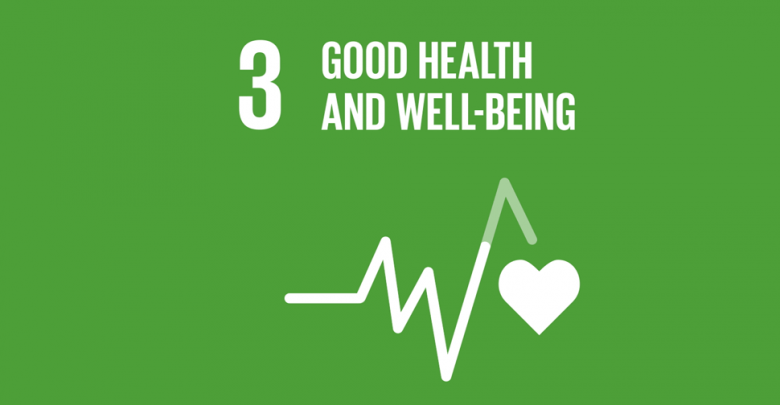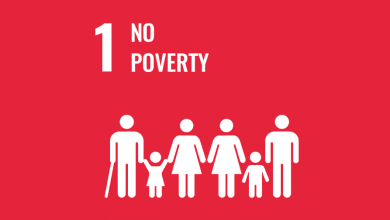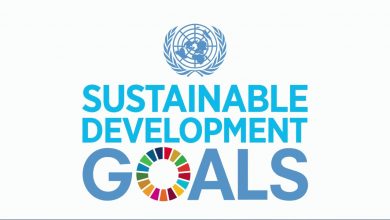SUSTAINABLE DEVELOPMENT GOAL 3
Ensure healthy lives and promote well-being for all at all ages
GOOD HEALTH AND WELL-BEING:
WHY IT MATTERS
What’s the goal here?
To ensure healthy lives and promote well-being for all at all ages.
Why?
Ensuring healthy lives and promoting well- being for all at all ages is important to building prosperous societies.
Major progress has been made in improving the health of millions of peo- ple. Maternal and child
mortality rates have been reduced, life expectancy continues to increase glob- ally, and the fight against some infectious diseases has made steady progress.
However, in the case of other diseases such as malaria and tuber- culosis, progress has slowed or stalled.
At least half the world’s population are still with- out access to essen-
tial health services.
© UN Photo / Hien Macline
In rich and poor countries alike, a health emergency can push people into bankruptcy or poverty.
Concerted efforts are required to achieve uni- versal health coverage and sustainable financing for health; address the grow- ing burden of non-communicable dis- eases, tackle antimi- crobial resistance and environmental factors contributing to ill health.
What progress have we made so far?
Major progress has been made in several areas, including in child and maternal health as well as in addressing HIV/AIDS.
Despite this progress, maternal mortality continues to affect women in low- and middle-income countries disproportionately.
The total number of deaths of children under 5 years of age dropped from 9.8 million in 2000 to 5.4 million in 2017. Half of those deaths occurred in sub-Saharan Africa, and another 30 per cent in Southern Asia. Yet stark disparities persist across regions and countries.
How much will it cost to achieve these targets?
Ensuring healthy lives for all requires a strong com- mitment, but the benefits outweigh the cost. Healthy people are the foundation for healthy economies.
For example, if we spent $1 billion in expanding immunization coverage against influenza, pneu- monia and other prevent- able diseases, we could save 1 million children’s lives each year. In the past decade, improvements in health and heath care led to a 24 per cent increase in income growth in some of the poorest countries.
The cost of inaction
is greater—millions of children will continue
to die from preventable diseases, women will die in pregnancy and childbirth, and health care costs will continue to plunge millions of people into poverty.
Noncommunicable diseases alone will cost low- and middle-income
countries more than $7 trillion in the next 15 years.
What can I do to help?
You can start by promoting and protecting your own health and
the health of those around you, by making well-informed choices, practicing safe sex and vaccinating your children.
You can raise awareness in your community about the importance of good health, healthy lifestyles as well as people’s right to quality health care services, especially for the most vulnerable such as women and children.
You can also hold your government, local leaders and other decision- makers accountable to their commitments to improve people’s access to health and health care.
To find out more
about Goal #3 and
the other Sustainable Development Goals, visit:






